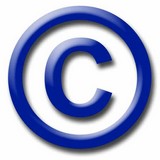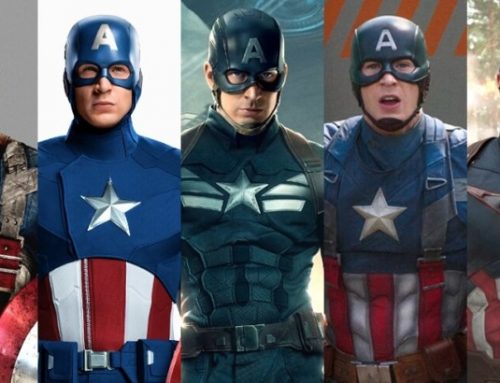Section 101 of the United States Copyright Act defines work for hire at as follows:
-
(1) a work prepared by an employee within the scope of his or her employment; or
-
-
(2) a work specially ordered or commissioned for use as a contribution to a collective work, as a part of a motion picture or other audiovisual work, as a translation, as a supplementary work, as a compilation, as an instructional text, as a test, as answer material for a test, or as an atlas, if the parties expressly agree in a written instrument signed by them that the work shall be considered a work made for hire. 17 U.S.C. sec 101
Whether a particular work is a work made for hire is determined by the relationshi p between the parties. According to the Supreme Court of the U.S., one must first ascertain whether the work was prepared by (1) an employee or (2) an independent contractor.
p between the parties. According to the Supreme Court of the U.S., one must first ascertain whether the work was prepared by (1) an employee or (2) an independent contractor.
Subsection 1 above only applies when the work is created by an employee, not independent contractors. A work created within the scope of a regular salaried or hourly employee’s job is a work made for hire. Whether an individual is an employee for the purposes of the work made for hire doctrine is determined using common law principles of “agency.” A person is an agent of an employer if he or she, for example, the employer controls how the work is done, if the work is done at the employer’s location, the employer provide equpment and supplies for the work, the employer controls the worker’s schedule and has the right to make assignments, and if the employer provides benefits to the employer. Some examples of works made for hire include a software program created by an employee programmer, newspaper articles written by a staff journalist for a newspaper, musical compositions created by a staff writer for a music publisher, or advertising copy created by a marketing department employee.
If a work is created by an independent contractor or freelancer (that is, someone who is not an employee), the work may or may not be created as a work made for hire, depending on two variables. In this case, the work is considered a specially ordered or commissioned work. In order for such a work to be made work for hire, both of the following conditions are required: i) the work must come within one of the nine categories of works listed in the definition above; and ii) there must be a written agreement in advance between the parties specifying that the work is a work made for hire. As an example, an independent reporter who writes a specially commissioned article for a newspaper or magazine will probably not be an producing a work made for hire, unless there is a written agreement between the two parties to the contrary.
The distinction between an employee and an independent contractor can be difficult to analyze in some situations. The closer an employment relationship comes to a regular salaried position, the more likely a work is to be considered made for hire.
When a work is considered a work made for hire, the author and owner of the work is the employer and it is identified as such on the copyright registration form. For more information on this subject, contact me or another competent entertainment attorney.





